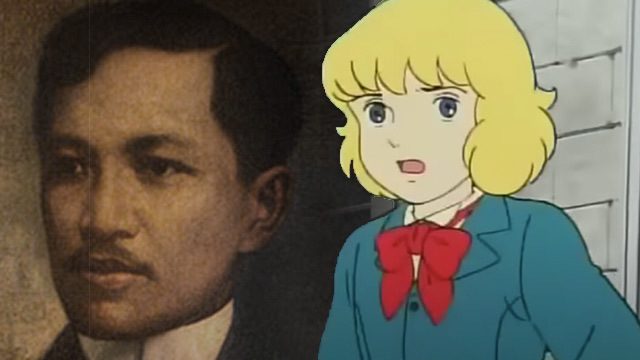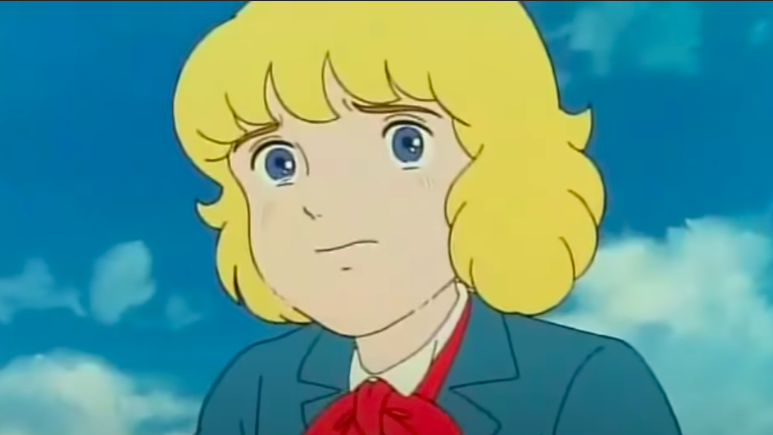SUMMARY
This is AI generated summarization, which may have errors. For context, always refer to the full article.

Editor’s Note: This story first appeared on the National Quincentennial Committee website. Rappler has been given permission to republish the story. We are publishing it into series. The original piece was edited by Maria Gloria Gabrielle G. Reyno
Our folklore and history teem with heroism and compassion. Next year, the country begins the 2021 Quincentennial Commemorations in the Philippines (2021 QCP) with the theme Victory and Humanity.
Victory represents the triumph of our heroes since the Battle of Mactan—an event that will turn 500 years on 27 April 2021; Humanity, on the other hand, embodies the kindness our ancestors in Homonhon, an island now under the jurisdiction of Guiuan, Eastern Samar, exhibited to the sick and hungry crew of the Magellan-Elcano expedition, the first to voyage around the planet, on 17 March 1521. These twin mega events will be the Philippine government’s stake in the quincentennial (500th anniversary) of the achievement of humankind and Science in circumnavigating the world for the first time.
But even before we, the Batang 90s — Pinoy kids who have memories of the 1990s and now active members of society — were able to acquaint ourselves with most of our heroes through HEKASI (Heograpiya, Kasaysayan, at Sibika), we were previously heavily exposed to a variety of heroic narratives through anime and super sentai shows on TV.
TV networks saw us as a great market, thus, the period between the post-EDSA 1 (late 1980s) and early 2000s was considered by some as the golden age of anime and super sentai, which was also a global phenomenon. Batang 90s will argue that they were able to watch quality anime and super sentai which resonates with them to this day.
Our reckoning period for a Batang 90s is between 1986 (a kid must at least 12 years old by year 2000 and is most likely to have perfectly enjoyed the pristine memories of being a Pinoy kid during the 1990s) and 1996 (at least 4 years old before 2000 to have childhood memories of the world of the 90s or the last two years of the 20th century).
Mahal na Konde
By Noel Gaton
My friends will be surprised by this revelation: I like Cedie, Ang Munting Prinsipe (ABS-CBN, 1996) the most, considering that most friends know me to be a ‘hustler’ in detailing the narrative of each and every anime show. Batang 90s remember Cedie as one of the few cartoons whose theme song was left Japanese (along with Heidi). (I could not remember if Princess Sarah had a theme song at all.) Contemporaneous anime shows during weekday mornings had Filipino theme songs: Remi, Si Mary at ang Lihim na Hardin, Charlotte, and Cinderella.
To a Batang 90s, Cedric Errol or Cedie was iconic because of his kulay mais (‘corn color hair,’ meaning blond) and his joyful character.
Emphasis supplied on joyful character because up to now Cedie is my benchmark of patience and cheerfulness in life. He is an outsider (for he is a New Yorker prejudiced against upon living in Dorincort, England) who did his best to be acknowledged for who he is and his humble origin. He is a resolute one who, it seems, does not know how to surrender until he wins someone’s heart and achieves something. Eventually, he gains the affection of his strict and aloof grandfather (we call him Mahal na Konde), the latter becoming a changed man.

The original Japanese title of Cedie is Shōkōshi Ceddie (literally ‘Little Prince Cedie’) or Little Lord Fauntleroy (the English title). It was the 1988 showcase of Nippon Animation’s World Masterpiece Theater, an animation project featuring different classical book or story. Cedie is based on Little Lord Fauntleroy, an 1886 book by Frances Hodgson Burnett.
In general, I think Cedie was our epitome of humility and compassion back then. He descends from dugong bughaw or aristokrata yet he is magnanimous and people-smart. (Later on, in HEKASI, the words dugong bughaw and aristokrata would have a sense as our teacher equated these with the maharlika or noble class of ancient Philippine society. When I became a History major, our history professors corrected the misuse of the word maharlika as noble class. The right term is actually maginoo. Read William Henry Scott’s Filipino Class Structure in the Sixteenth Century here.)
To all the Batang 90s who watched Cedie, didn’t we imagine ourselves to be as cool as Cedie (well, girls would definitely say they imagined themselves to be as good as Sarah)? Now is the time to be like Cedie (and Sarah). To be fair to the fans of Sarah, I wanted to insert here the favorite quote of my fellow, Ian Alfonso, which he remembers from Sarah: Nasaktan ko na siya sa isip ko (I already hurt her in my mind). This is from an episode when Lottie asks Sarah why did the latter not fight back Lavinia. Ian said it is one of the few lines he could remember and has been his mantra in life.
Our parents would unanimously agree that Cedie was far better than the likes of Gundam Wing. And they did actually think that anime shows in the morning were family-oriented, most likely because they could monitor us watching them; unlike in the afternoon, when action-filled anime shows were (e.g., B’t X, Samurai X, Zenki) and our guardians were busy preparing for the dinner and other afternoon chores, preventing them to appreciate the story.
Now that we are entitled to our own opinion, I could say most of the anime shows we used to watch were good. – Rappler.com
Noel Gaton is the Museum Curator II of the Museo ni Ramon Magsaysay, one of the 27 history museums of the National Historical Commission of the Philippines (NHCP) located at Castillejos, Zambales celebrating the memory of President Ramon Magsaysay, the idol of the masses. He earned his BA History degree from the Polytechnic University of the Philippines.
Add a comment
How does this make you feel?
There are no comments yet. Add your comment to start the conversation.